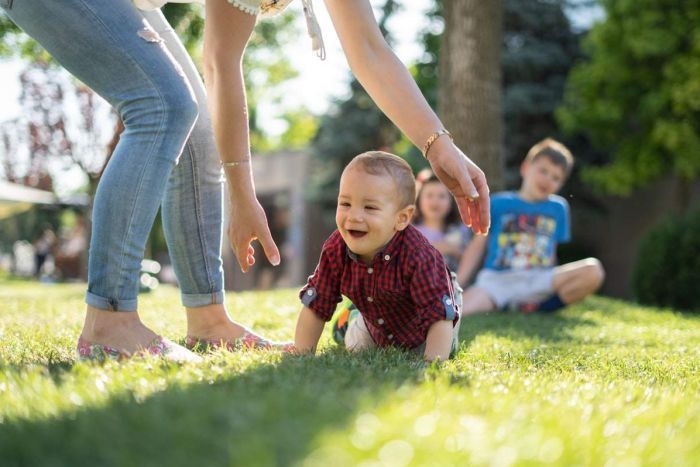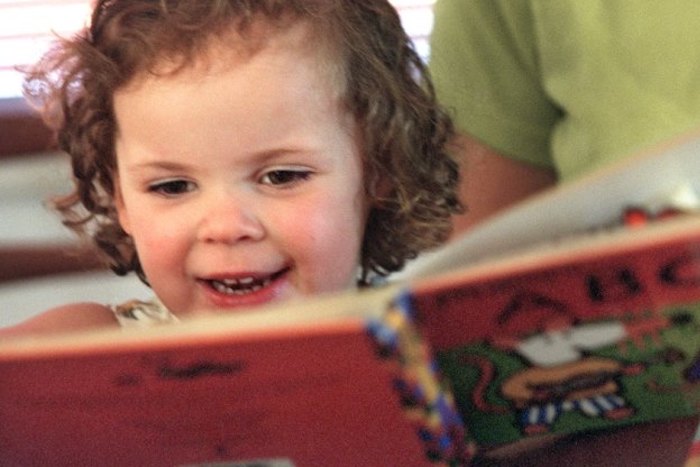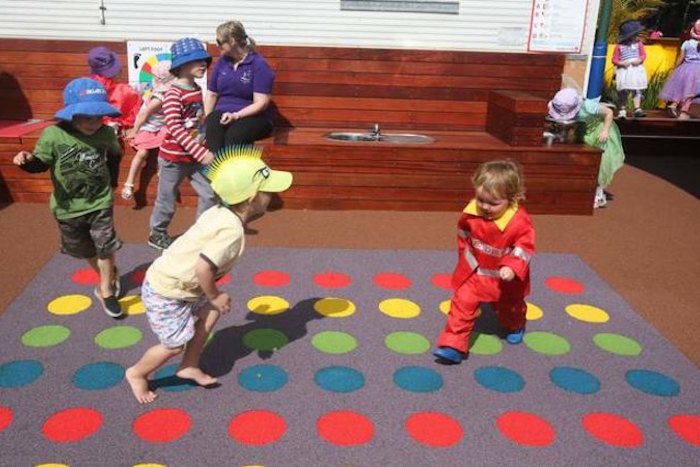In 1974 the government decided to delay an election promise to fund a proper child care system. The Women’s Electoral Lobby organised a huge children’s party on the lawns of Parliament House to protest and the Whitlam government learnt not to muck with women, children and childcare.
When it announced its childcare policy for this election, the ALP showed it had learnt from history by promising money in families’ pockets earlier than the Coalition.
Childcare in Australia is a mess. Supply and demand are unequal, squillions of taxpayer dollars are spent but families can’t get affordable childcare when and where they want it, and some of the funding ends up as private profit. What’s worse? The fact that what’s good for children, doesn’t come into it. When evaluating the policies, you need to look at what is not in them as well as what is.
There is nothing in either party’s policy to ensure that the time children spend in childcare is well used.
Australia is currently struggling to understand why our 15-year-olds aren’t doing as well as those in other countries in literacy and numeracy as measured by PISA, the Program for International Student Assessment. We know that children who have had at least two years formal early education score almost a year above their peers in these exams. But in Australia we spend less than 3 per cent of our education budget on early education.
If we had a comprehensive early education system rather than a cobbled together childcare one, we could solve two issues at once. Scoffing at the notion that “childcare” is early education? Parents don’t. They know how much their children learn at “childcare”. A good childcare policy would capitalise on the time children are in care by truly treating it as early education and care.
There is nothing in either party’s policy to fund services rather than families.
But that’s how we fund our schools. In our school system, supply perfectly equals demand. Governments demand quality in return for funds. The rule is if you accept government funding you can’t make a profit.
The OECD reckons this sort of funding works better for early education as well. Of course, neither party is prepared to make such a radical policy change. Promising families more money is a vote winner.
There is nothing in either party’s policy to stop funding substandard services.
For the past few years our early education and care services have been rated on quality. Some 38 per cent of the services rated as exceeding the National Quality Standard are not-for-profit services. Only 18 per cent are for-profit services. But our system is built around the growth of for-profit services – the “not as good” service type. Early education is a proven way of levelling socio-economic disadvantage, but we have built a system that perpetuates it. The poorly rating services are not in the suburbs where parents can afford to pay for quality.
The ALP policy is clearly a better policy for children. Unlike the Coalition’s, it gives children the right to access two full days of funded care a week, preserves funding for Aboriginal services and gives $150 million to ensure children are cared for by educators who have been trained well.
But really, is all that the children of Australia can be promised? A policy that is not as crap for them as the other party’s is?
Grown-ups are supposed to make good decisions for children. That is how it works isn’t it? Or is it time for children to get back on the lawns of Parliament House until their needs are truly met by those that are, at least theoretically, the grown-ups?
First p
Lisa Bryant is an education and care consultant.



